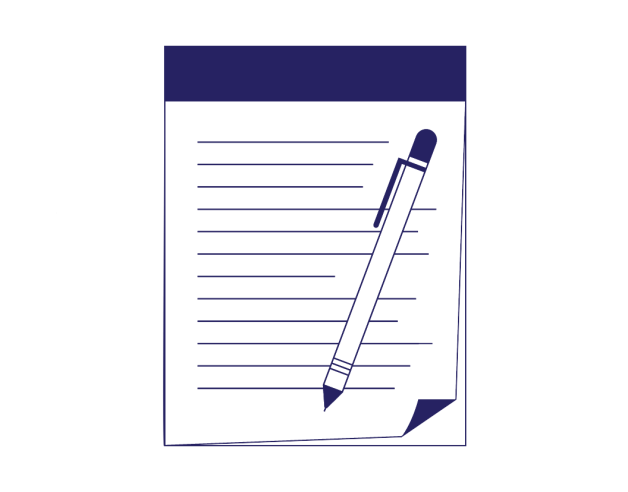
- 3-minute read
- 20th August 2023
What Does MLA Stand For? Style Guides Explained
MLA stands for Modern Language Association. This association brings together students, teachers, and scholars in the fields of language and literature into a single research community. It publishes The Modern Language Association Handbook (or the MLA Handbook for short), which outlines the documentation guidelines for writing a research paper in MLA Style.
In this post, we will cover style guides in general, MLA Style in particular, and important resources for keeping up to date on MLA documentation.
What Are Style Guides?
Style guides are formal, published documents that establish a set of standards important for maintaining consistency and clarity in academic writing. You might think of them as a type of instruction manual that provides information concerning areas such as the mechanics of prose, documenting your sources, and formatting and writing your research paper. Academic style guides will vary across different disciplines.
Common examples of academic style guides include:
● The Chicago Manual of Style (Chicago Style)
● The Publication Manual of the American Psychological Association (APA Style)
● The Modern Language Association Handbook (MLA Style)
What Is MLA Style?
The guidelines for MLA Style can be found in the MLA Handbook. This handbook is especially helpful for the student writer in a humanities classroom. In it, students will find guidelines on spelling, punctuation, and style, but also on how to format their paper, cite sources in-text, and document these same sources in a list of works cited.
Find this useful?
Subscribe to our newsletter and get writing tips from our editors straight to your inbox.
Documenting Your Sources
When writing a paper in MLA Style, you’ll need to remember to document all your sources both in-text and in a list of works cited. Documenting your sources will help readers to understand your work. It will also help you to avoid instances of plagiarism in your writing.
In-Text Citations
To document your sources in-text, place a brief reference (author’s last name and page number) in parentheses after the quote or paraphrase:
If you happen to introduce the author’s name in the sentence before the quote or paraphrase, a page number in parentheses will suffice:
Works Cited
Every in-text citation should have a corresponding entry in your list of works cited at the end of your paper. Regardless of your source type (books, online works, etc.,), each entry will need to include what is known in MLA Style as core elements like author, title, and publication date. Remember that entries are listed in alphabetical order (by author’s last name), double-spaced, and with a hanging indent. The entry for the quote from Danticat’s novel above will look like this:
Resources for MLA Style
It’s important to remember that style guides evolve due to shifts in language and changes in technology. The MLA Handbook is currently in its ninth edition. This most recent version has added a completely new section on inclusive language and has also expanded its guidance on formatting papers, citing sources, quoting and paraphrasing, and avoiding plagiarism.
Whether you’re a student or a scholar in the humanities, you’ll want to make sure to keep up to date on the latest changes to MLA Style by consulting the MLA Handbook. You can also check out Proofed’s MLA 9th referencing guide for editors and researchers, which includes templates for 50+ source types.
Finally, Proofed can help you to reference your sources correctly in your writing. To learn more, submit your first 500-word document for free!




